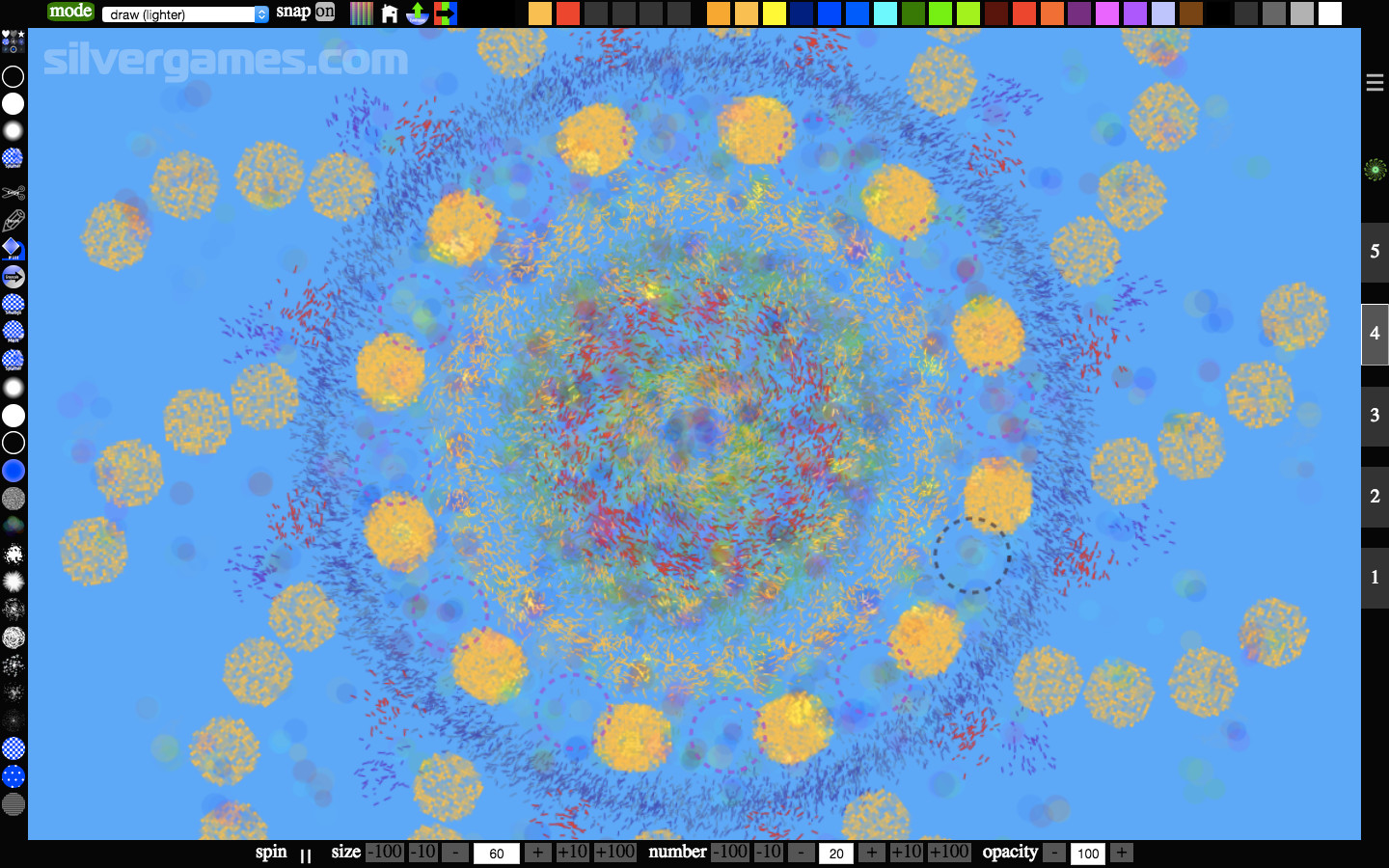

Greater uncertainty about how ecosystems will respond to inevitable increases

We face different, more variable environments with Outdated solutions that have already been tried and failed are still being proposed, e.g., many people continue to view economic growth and technology transfer as the engines for a prosperous future.Īs we enter this new millennium, human use of natural resources is changing all the aspects of the world we live in: its atmosphere and climate, its human and nonhuman inhabitants, its However, there is also a lack of direction, vision, and innovative frameworks when it comes to actually dealing with the situation. Attendees at these meetings express a sense of urgency about the situation and the need to improve the human condition within the biosphere. Preparatory meetings and conferences have already taken place. The main focus of this summit is sustainable consumption patterns and the alleviation of poverty. State governments, the United Nations system, and many other actors are preparingįor the World Summit on Sustainable Development to be held in Johannesburg We will come back to the changes at CE in a later section, but first we would like to describe the activities that are coming into focus as the paradigm of sustainable development attempts to organize action to cope with global changes. One system that has undergone an abrupt shift is the system that produces Conservation Ecology (CE). Both are global in spatial scale, although they span slightly different time horizons. In this editorial, we discuss the changes that are occurring in two systems. Our attempts to understand the nature and type of change capture and funnel our energies and provide a thematic focus for this journal. However, what we do know is that change is an inevitable and pervasive characteristic of all complex systems. We are starting to wonder if each heat wave or severe storm is part of a longer pattern of cycles, or is it indicative of an abrupt shift in climate? We have a general idea of what is going to happen in terms of weather during the next few months, but know few or none of the specifics. The opposite phase of the annual cycle is beginning in the southern hemisphere. The northern part of the planet is entering a period of increasing solar input with all of the associated conditions of summer: longer and warmer days, liquid precipitation, and increased biological production and storage, among others.
#Online kaleidoscope maker how to
As a result, we must learn how to manage our natural resource base to protect the land, water, and living resources on which human life and development depend. Conservation Ecologyġ Stockholm University 2 Emory UniversityĪs noted at the Second Session of the Preparatory Committee for the World Summit on Sustainable Development, human activities are having more and more of an impact on the integrity of the complex natural ecosystems that provide essential support for human well-being and economic activities.

The following is the established format for referencing this article:įolke, C.
#Online kaleidoscope maker license
Published here under license by The Resilience Alliance. Home | Archives | About | Login | Submissions | Notify | Contact | SearchĬopyright © 2002 by the author(s). Conservation Ecology: A Kaleidoscope of Change


 0 kommentar(er)
0 kommentar(er)
